Top 10 Countries with Very Similar National Flags: A Detailed Comparison
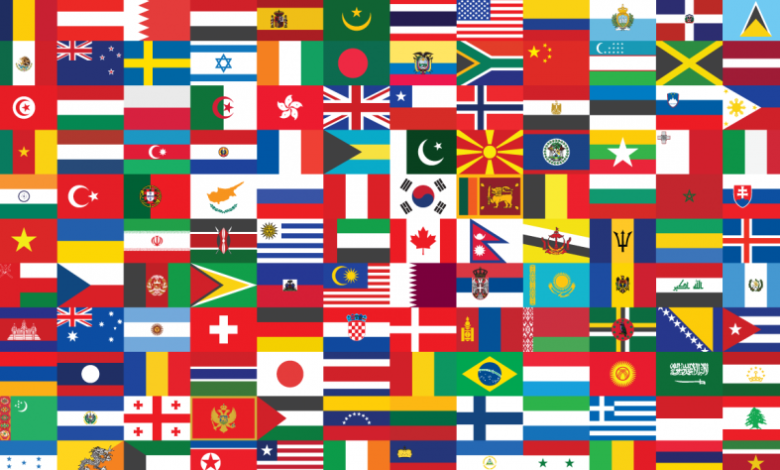
Flags serve as potent symbols of identity, heritage, and pride for nations worldwide. However, amidst the vast array of national flags, some share surprising resemblances, often sparking curiosity and intrigue. In this comprehensive guide, we delve into the top 10 countries whose flags bear striking similarities, unravelling the historical, cultural, and symbolic threads that bind them together.
Flag Similarities: Exploring the Resemblances
United States vs. Liberia
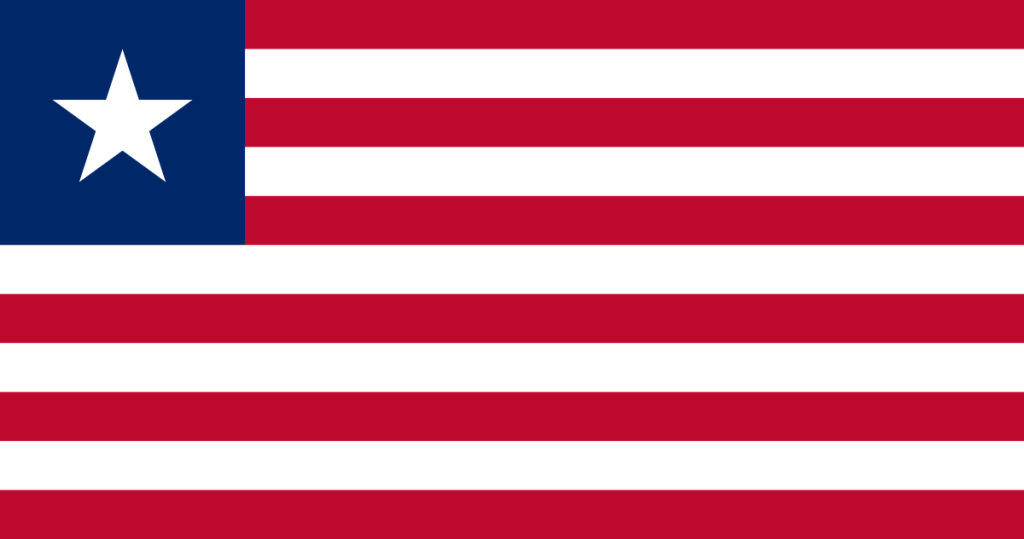
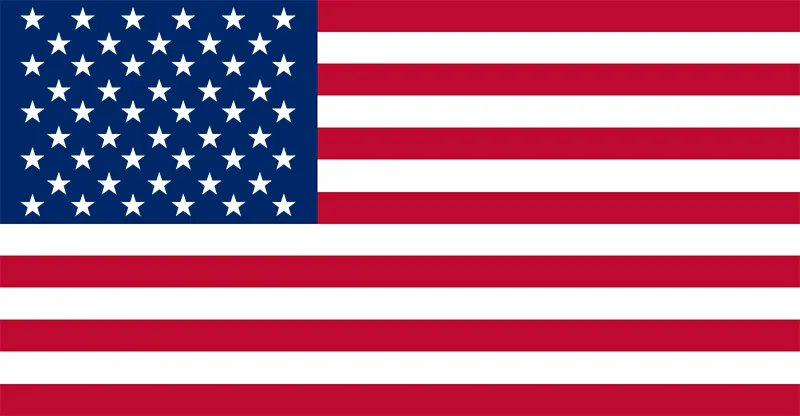
The flags of the United States and Liberia share striking similarities, characterized by bold stripes and a prominent canton featuring stars. Despite their geographic distance, these flags reflect the historical ties between the two nations.
The United States flag boasts 13 horizontal stripes, alternating between red and white, symbolizing the original 13 colonies. The blue canton in the corner bears 50 white stars, representing the current states.
Similarly, the Liberian flag features 11 horizontal stripes in red and white, signifying the signatories of the Liberian Declaration of Independence. Its blue canton displays a single white star, symbolizing Liberia’s status as the first independent republic in Africa.
Indonesia vs. Monaco
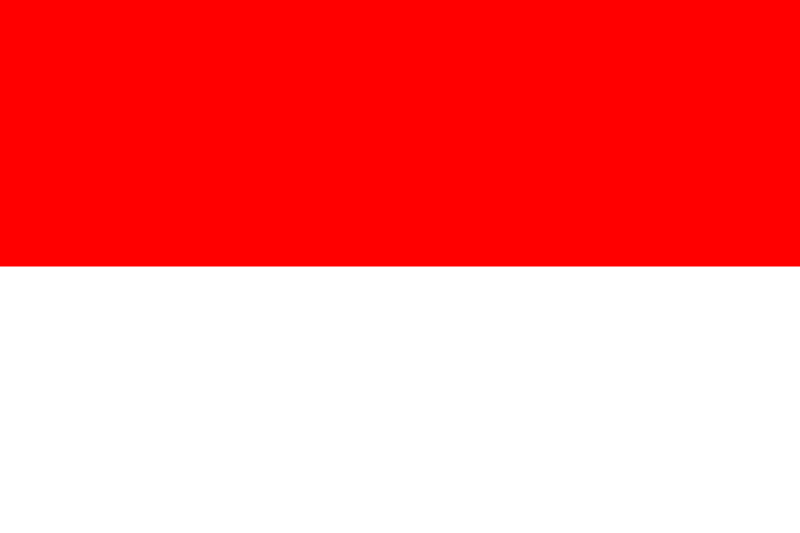

Indonesia’s flag and Monaco’s flag share a remarkable resemblance, both featuring simple designs dominated by two horizontal bands of contrasting colours. On the other hand, the Indonesian flag comprises two horizontal stripes, with red symbolizing courage and white representing purity and peace. This design mirrors the simple yet powerful symbolism of Indonesia’s national identity.
Similarly, Monaco’s flag consists of two equal horizontal bands, red over white, embodying the colours of the Grimaldi family, which has ruled Monaco for centuries. This flag evokes the principality’s rich history and enduring traditions.
Netherlands vs. Luxembourg

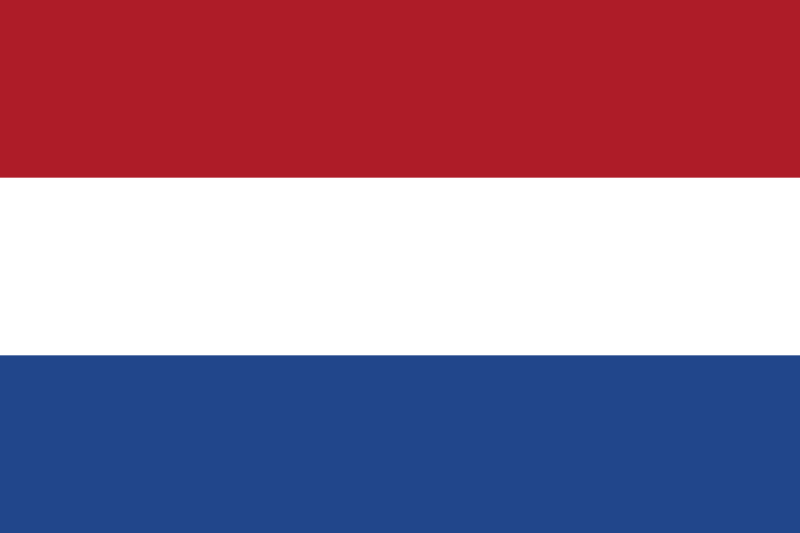
The flags of the Netherlands and Luxembourg share a striking resemblance, both featuring horizontal tricolours in red, white, and blue. The Dutch flag comprises three horizontal bands of equal size, with red symbolizing bravery and courage, white representing peace and honesty, and blue signifying loyalty and justice. This iconic tricolour has represented the Netherlands for centuries.
Similarly, Luxembourg’s flag features horizontal stripes of equal width, with red symbolizing bravery, white representing peace, and blue embodying perseverance and justice. This flag reflects Luxembourg’s rich history and enduring commitment to these values.
Historical Significance: Unraveling the Connections
Poland vs. Indonesia
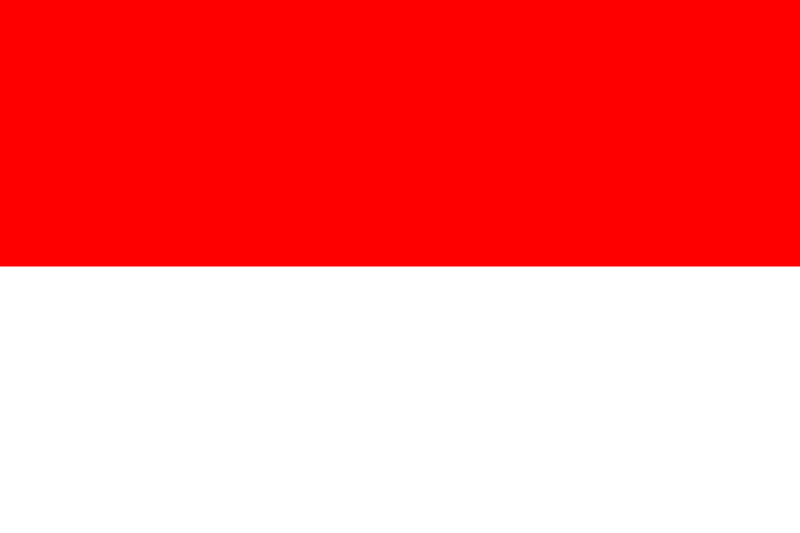

The flags of Poland and Indonesia share surprising similarities, despite the vast geographic and cultural differences between the two nations.
The Polish flag consists of two horizontal bands of equal width, with white on top and red on the bottom. These colours have been associated with Poland for centuries, symbolizing purity and courage, respectively.
Similarly, Indonesia’s flag features two horizontal stripes, with red on top and white on the bottom. This simple yet powerful design embodies Indonesia’s struggle for independence and its diverse cultural heritage.
Romania vs. Chad
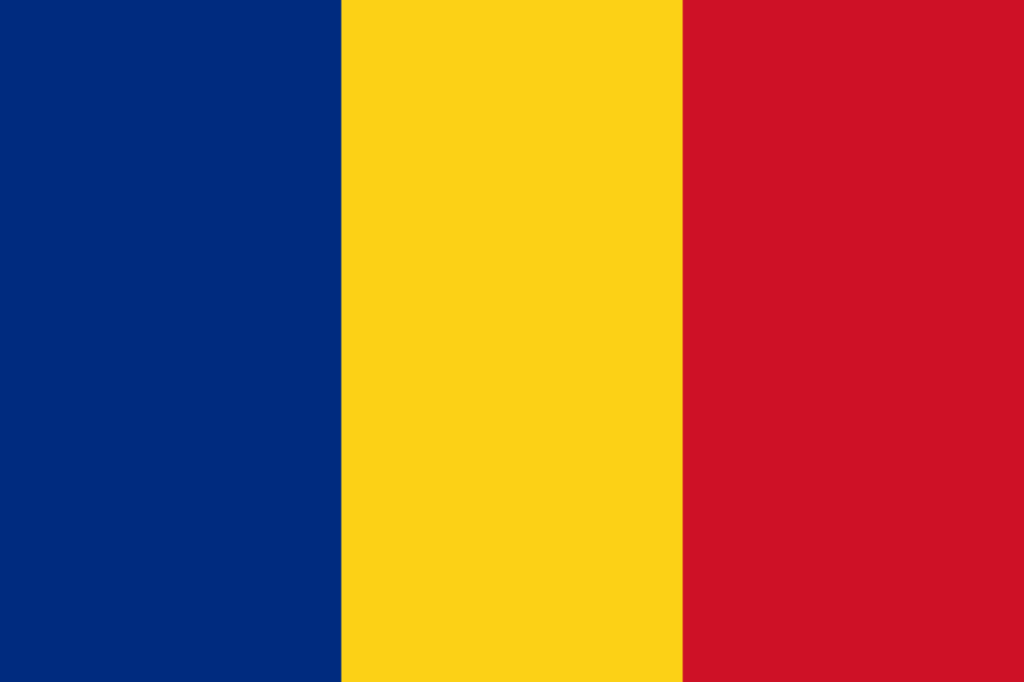
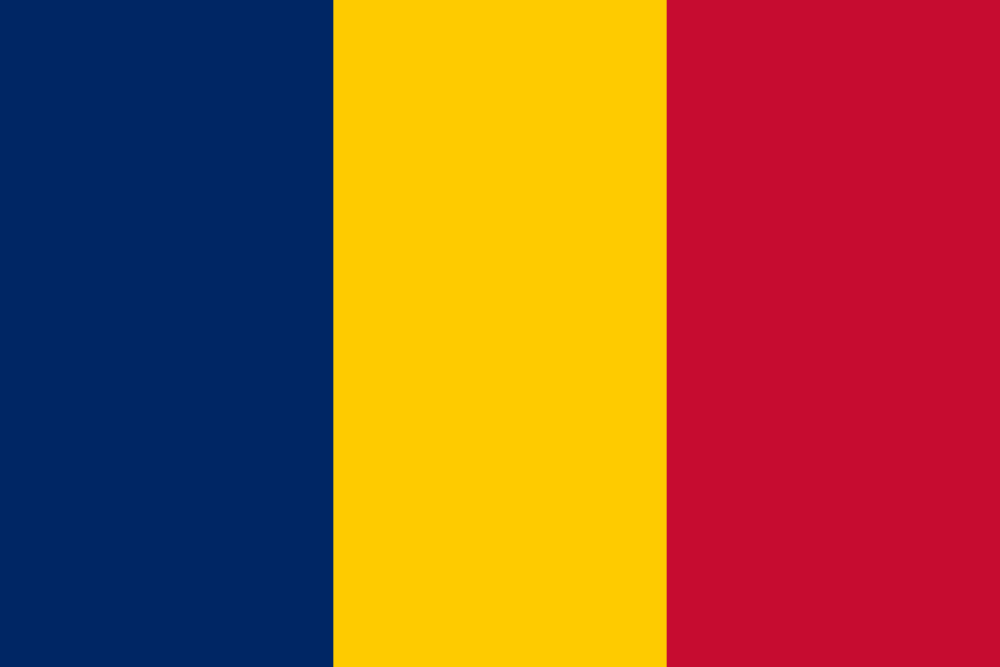
The flags of Romania and Chad bear remarkable similarities, characterized by vertical stripes of blue, yellow, and red. The Romanian flag features vertical bands of blue, yellow, and red, with blue symbolizing freedom, yellow representing justice and red embodying the blood of Romanian martyrs.
Similarly, Chad’s flag comprises vertical stripes of blue, yellow, and red, symbolizing the sky, the sun, and the blood of martyrs, respectively. This flag reflects Chad’s struggle for independence and its rich cultural heritage.
Cultural Implications: Understanding Symbolism
Ireland vs. Ivory Coast
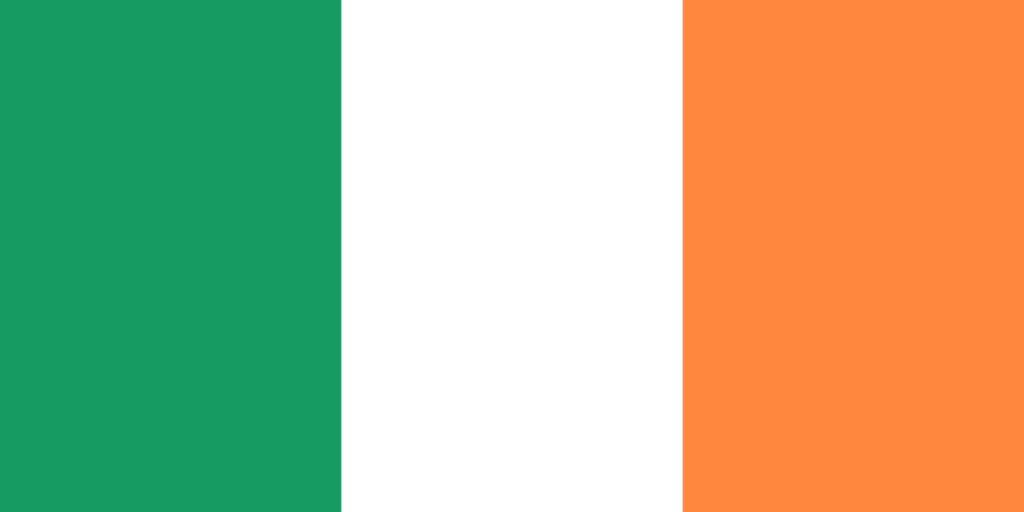
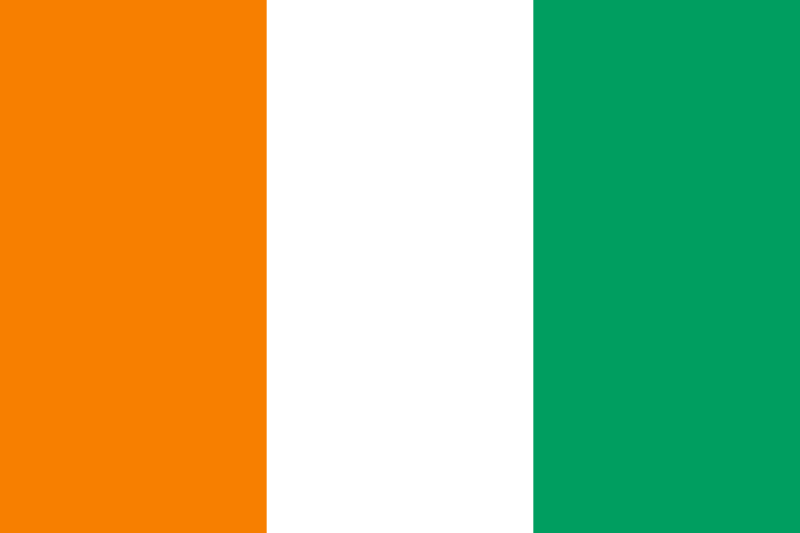
The flags of Ireland and Ivory Coast share subtle yet significant similarities, reflecting historical connections and shared symbolism. The Irish flag features three vertical bands of green, white, and orange, symbolizing peace (white), unity (orange), and the revolutionary era (green) in Ireland’s history.
Similarly, Ivory Coast’s flag comprises three vertical stripes of orange, white, and green, symbolizing the country’s natural resources (orange), unity (white), and hope for a bright future (green). This flag embodies Ivory Coast’s aspirations for peace, prosperity, and progress.
Austria vs. Latvia
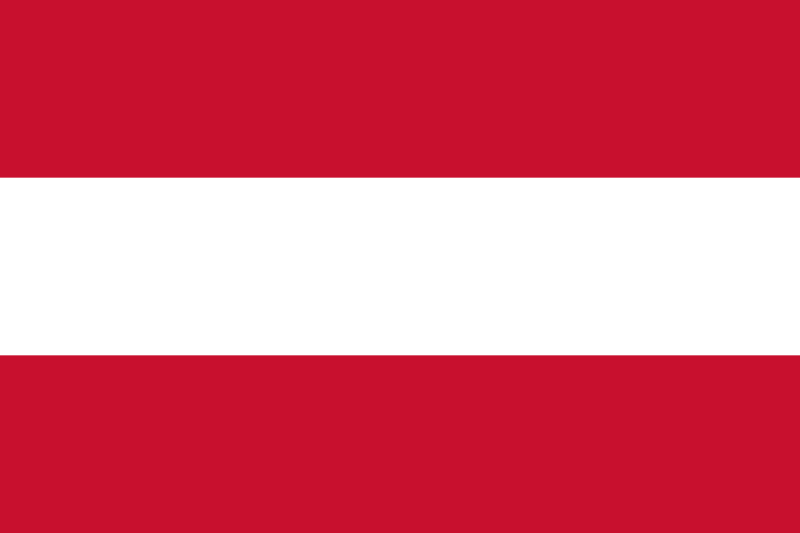
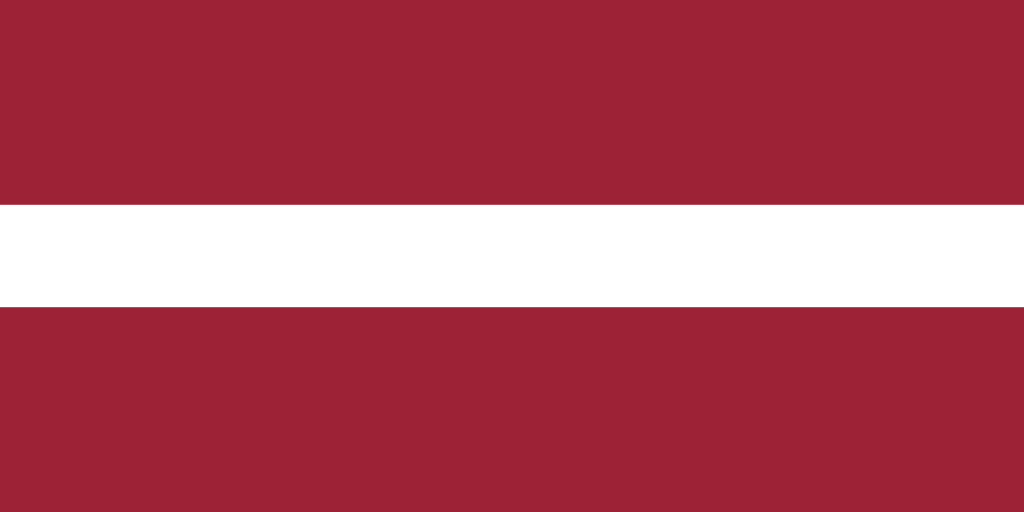
Austria’s flag and Latvia’s flag share striking similarities, both featuring horizontal bands of red and white. The Austrian flag comprises three equal horizontal stripes of red, white, and red, symbolizing Austria’s historical connections to the House of Habsburg and its enduring commitment to liberty and justice.
Similarly, Latvia’s flag consists of three horizontal bands of equal size, with red symbolizing courage and readiness to defend the country, while white represents peace and honesty. This flag reflects Latvia’s rich cultural heritage and its aspirations for freedom and prosperity.
Conclusion
In conclusion, the world’s flags serve as powerful symbols of national identity, reflecting diverse histories, cultures, and aspirations. While some flags share striking resemblances, each carries unique meanings and significance for its respective nation. By exploring the similarities and differences between these flags, we gain a deeper understanding of the interconnectedness of nations and the universal values they uphold.
FAQs (Frequently Asked Questions)
- What factors contribute to the similarities between national flags? Flags often reflect shared historical influences, cultural connections, or design conventions, leading to similarities between nations’ flags.
- Are there any legal implications for countries with similar flags? While similarities in flags may spark curiosity, they generally do not have legal implications unless intentionally designed to cause confusion or misrepresentation.
- How do nations distinguish their flags despite similarities? Nations may incorporate unique symbols, colours, or design elements to differentiate their flags and reinforce their distinct identities.
- Do similar flags impact diplomatic relations between countries? Similar flags typically do not affect diplomatic relations, as nations prioritize mutual respect and cooperation based on shared interests and values.
- Are there any instances of intentional flag similarities between nations? While rare, some nations may intentionally design flags with similarities to symbolize solidarity, cooperation, or historical ties.
- What role do flag designers play in ensuring distinctiveness and symbolism? Flag designers strive to create symbols that resonate with the nation’s identity while ensuring distinctiveness and clarity to avoid confusion or misinterpretation.




